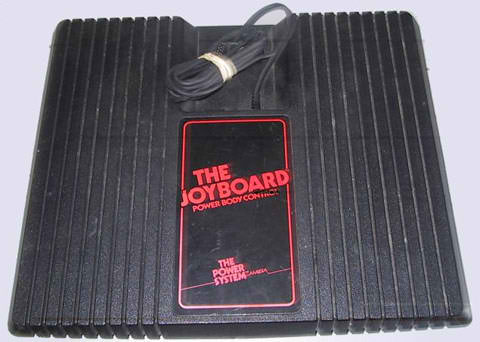A history of the Amiga, part 2: The birth of Amiga
Early days at Amiga
Jay Miner once described the feeling of being involved in the young Amiga company as being like Mickey Mouse in the movie Fantasia, creating magical broomsticks to help carry buckets of water, then being unable to stop his runaway creations as they multiplied beyond control. He immediately hired four engineers to help him with the hardware design, and a chief of software design, Bob Pariseau. Bob then quickly hired four more software engineers to help him. The young company quickly became an unruly beast, devouring money at an insatiable pace. But it was necessary.
In high technology, even more so than in other industries, speed is always important, and there is never enough time. Things change so quickly that this year's hot new design looks stale and dated next year. The only way to overcome this problem is to apply massive amounts of concentrated brainpower and come up with a very clever design, then rush as quickly as possible to get the design through the initial prototype and into an actual product. Even the inelegant, unimaginative and graphically inept IBM PC, introduced in 1981, was the result of an unprecedented one-year crash building program. Not even the mighty IBM, with resources greater than those of small nations, was immune to the pressures of time.
A tiny company like Amiga had even greater problems. On top of the maddening rush to ramp up staffing and develop a new product, Jay and his team had to worry about much larger corporations and their industrial espionage teams stealing their new ideas and applying much greater resources to beat them to market. Nobody knew what Amiga, Inc. was up to, and the company's founders liked it that way. So an elaborate two-pronged attack was devised to ensure that nobody got wise to Amiga's ambitions before they were ready to show them to the world.
Firstly, the company would create a deceptive business front. This had to be something simple enough that it would not take away too many resources from the actual work, yet still deliver actual products and generate some revenue. The company decided to stick to its videogame roots and produce hardware and software add-ons for the Atari VCS. One of the first products, a collector's item today, was the Amiga Joyboard, a kind of joystick that was used by sitting or standing on top of it and leaning back and forth, left and right. The company also wrote some simple games for it that involved skiing and skateboarding. While income from these games and peripherals helped sustain the company in its early days, it was also affected by the video game crash of '83 and sales quickly dwindled.

The Amiga Joyboard. Note the small Amiga logo at bottom.
This short-lived era of the young company's history had one long-lasting impact on the Amiga computer. RJ Mical, a programmer writing some of the complicated routines that would bring the Amiga to life, developed a simple game that used the Joyboard and was designed to try and help him to relax. The game was called "Zen Meditation" and the object was to try and sit absolutely still. The game was a kind of running joke in the Amiga offices, and when the time came to write the text for a serious error message for the Amiga operating system, a programmer came up with the term "Guru Meditation Error." This would remain in the operating system for years to come, until a nameless and unimaginative Commodore executive insisted on removing the Guru and making the message into "Software Failure."
The second front of deception against industrial espionage involved codenames for the powerful new custom chips the team was designing for the Amiga computer. Dave Morse decided that henceforth all these chips would be referred to by women's names. The idea was that if anyone intercepted telephone conversations between Amiga people, they would be unable to figure out that they were discussing parts of a computer. The idea of "Agnes" being temperamental or "Denise" not living up to expectations also appealed to the engineers' sense of humor. The computer itself was codenamed "Lorraine," the name of Dave's wife.
Jay Miner may have been leading the team, but the details of the new computer were hammered out at team design meetings, held in a seminar-like room that had whiteboards covering the walls. Everyone could pitch for inclusion in the machine, and the small group would have to come to a consensus about which features to include and which to leave out. Engineering is all about tradeoffs, and you can't just decide to include "the best of everything" and have it all work. Cost, speed, time to develop, and complexity are just some of the factors that must be taken into account at this crucial stage of a new computer. The way the Amiga team came to a consensus was with foam rubber baseball bats.
It isn't known who first came up with the idea, but the foam bats became an essential part of all design meetings. A person would pitch an idea, and if other engineers felt they were stupid or unnecessary, they would hit the person over the head with a bat. As Jay said, "it didn't hurt, but the humiliation of being beaten with the bat was unbearable." It was a lighthearted yet still serious approach, and it worked. Slowly the Amiga design began to take shape.






User comments